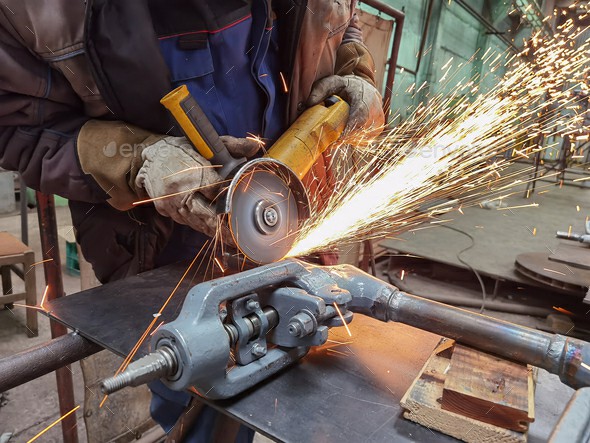


 349,500 Offered Certificates
349,500 Offered Certificates
 24/7 Online Training
24/7 Online Training
 Money Back Guarantee
Money Back Guarantee
 Fully Accredited Courses
Fully Accredited Courses

Created at: 22-02-2025 22:31
Abrasive wheels are indispensable tools in various industries, from construction to metalworking. However, their improper use can lead to severe accidents and injuries. Understanding these risks and implementing appropriate training is crucial for ensuring a safe working environment.
Utilizing abrasive wheels presents a range of hazards that can cause damage to both personnel and equipment. Below are some of the most common safety risks:
Investing in Abrasive Wheels training is not just about compliance; it’s about creating a culture of safety. Training enables workers to:
To illustrate the effectiveness of proper training, consider these real-life scenarios:
A major manufacturing company suffered frequent accidents due to abrasive wheel breakage. After implementing an Abrasive Wheels course, they trained employees on the significance of correctly mounting abrasive wheels. Since then, incidents of breakage have decreased by 60%, demonstrating the value of proper education.
In another instance, a construction site reported a significant reduction in injuries after mandating the use of PPE during abrasive wheel operations. Prior to the training, workers overlooked safety gear, exposing them to potential hazards. Post-training, there has been a 70% decrease in reported injuries linked to abrasive wheels.
Organizations should adhere to the following best practices for ensuring safety when using abrasive wheels:
Employers and employees must prioritize safety when using abrasive wheels. By enrolling in a certified Abrasive Wheels training course, they can not only comply with regulations but significantly enhance workplace safety. By fostering a culture of safety through continuous education and practical application, businesses can prevent accidents and protect their most valuable asset: their workers.
For more information about available training programs, please contact us at [email protected].